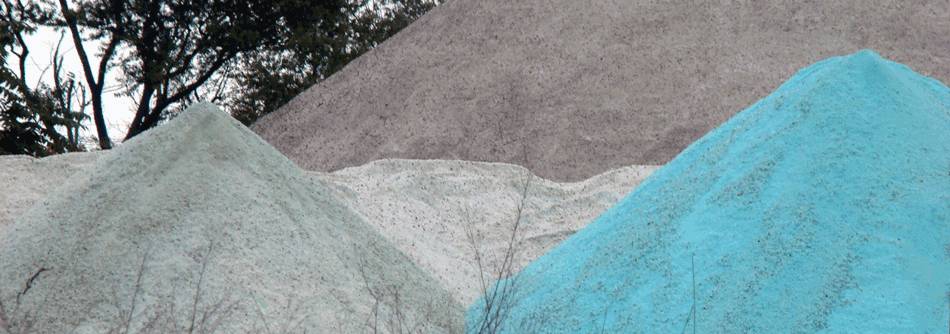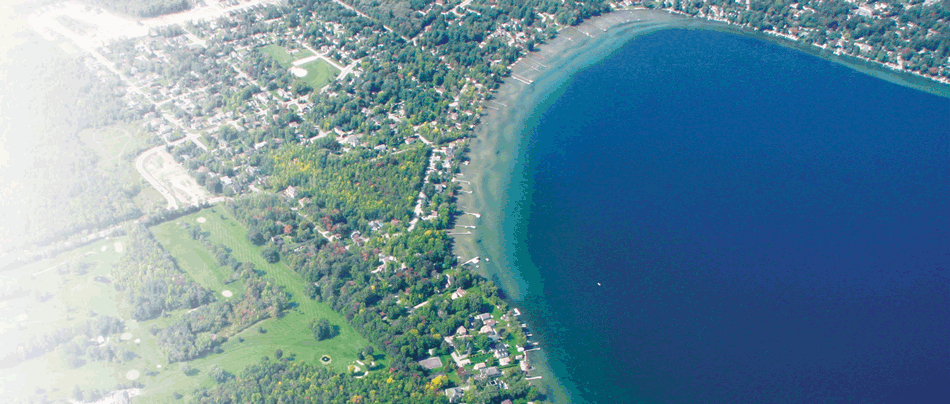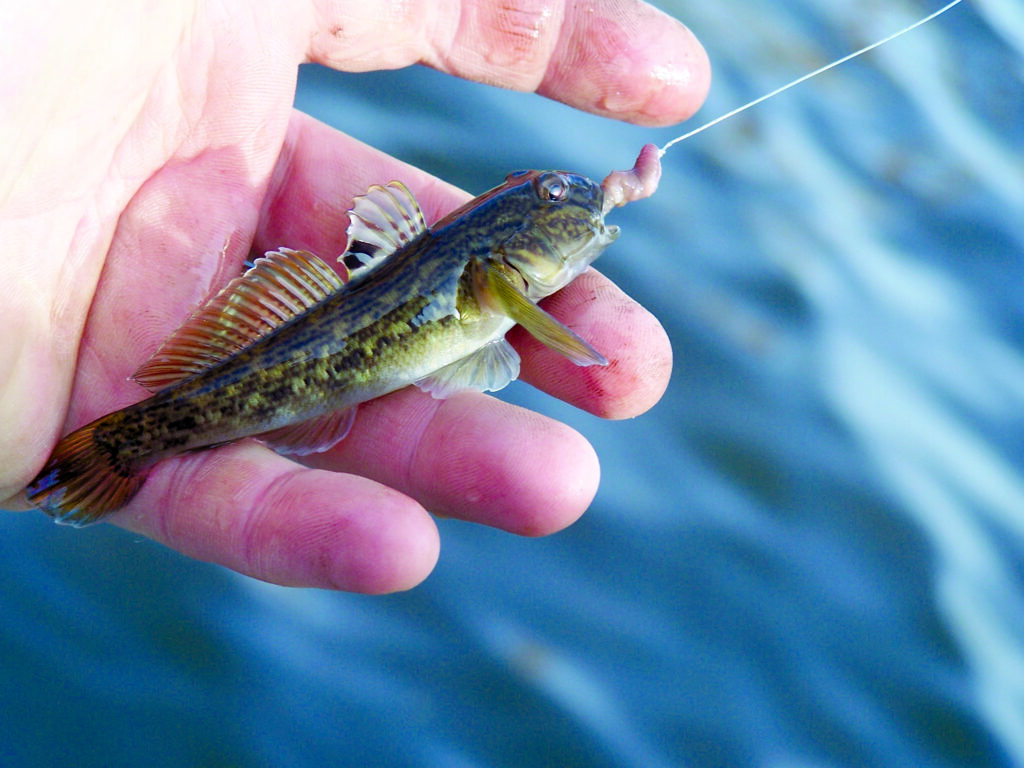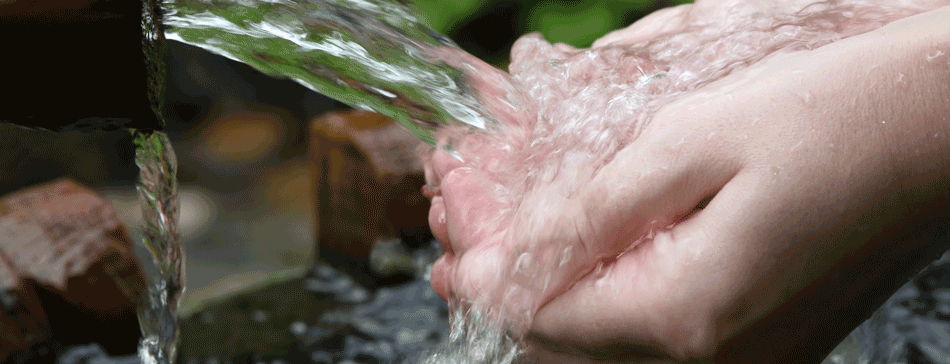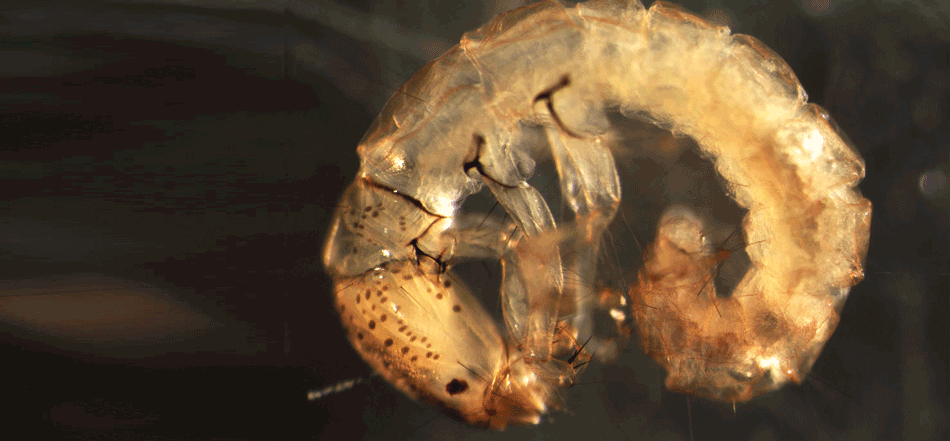Low Impact Development (LID) A Recipe for Urban Sustainability
Lake Simcoe Science Low Impact Development (LID) A Recipe for Urban Sustainability In previous issues of our Science newsletter, we’ve explored the problems associated with urban stormwater run-off, a major contributor of pollutants entering into our rivers and ultimately into Lake Simcoe itself. Urban stormwater run-off is responsible for around 20 per cent of the […]
Low Impact Development (LID) A Recipe for Urban Sustainability Read More »


